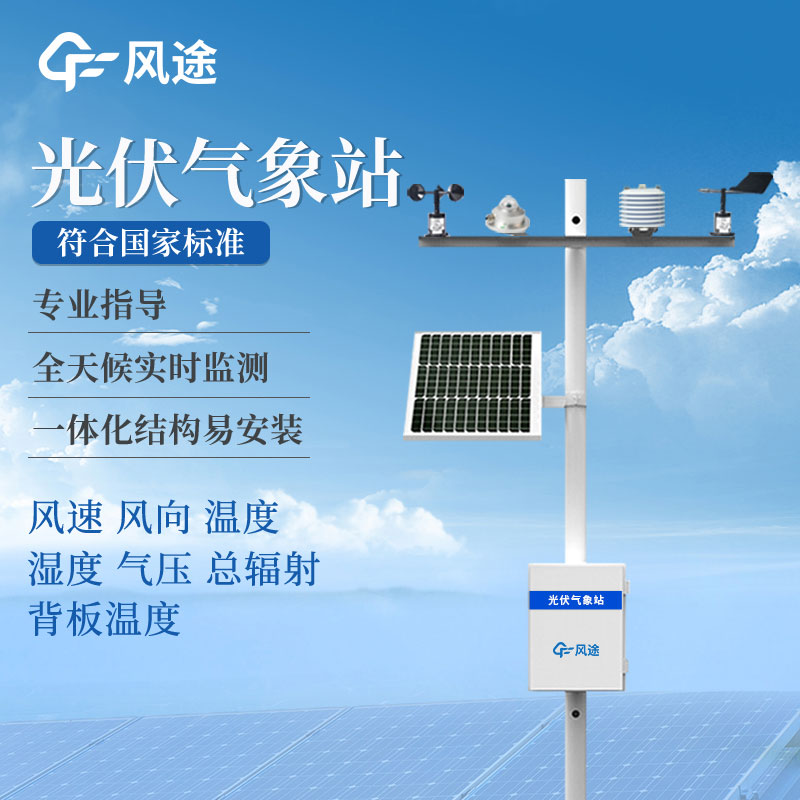Meteorological environment monitoring equipment supplier
Insist on doing high-precision customer favorite technology products
Distributed photovoltaic (PV) power generation is widely promoted due to its flexibility, cleanliness, and efficiency, as well as its ability to utilize energy locally, which helps to reduce energy consumption and achieve carbon neutrality goals. However, in practical applications, distributed photovoltaic systems also face some challenges.
Regulatory challenges: Due to the widespread distribution of distributed photovoltaic systems, it is difficult to achieve centralized monitoring.
Insufficient data analysis: The lack of effective data analysis makes it difficult to accurately locate equipment failures, assess power generation efficiency, and evaluate the flow of energy.
Low energy utilization efficiency: Some distributed photovoltaic systems suffer from energy waste, such as the phenomenon of "curtailed photovoltaic power," which increases the payback period of investment.
Safety issues: The system may have safety hazards due to voltage fluctuations or the formation of power islands.
Reliability issues: Affected by the environment, the stability and reliability of the power supply of distributed photovoltaic systems can fluctuate.
The PV Weather Station integrates a variety of high-precision sensors that can quickly and accurately detect environmental data such as temperature, humidity, wind speed, wind direction, air pressure, and solar radiation. It can also output signals as needed and is optionally equipped with other sensors such as light, PM2.5, and PM10. It is designed to be robust and can work stably even in harsh weather conditions, being compact and durable.
The PV Weather Station is equipped with wireless network communication capabilities, allowing for real-time data monitoring over long distances or remotely via a local area network. Each meteorological monitoring point has a wireless communication port, enabling the main control computer at the meteorological center to uniformly monitor the data from all monitoring points, thus achieving the integration and statistics of meteorological data across the entire monitoring network, without distance limitations.
